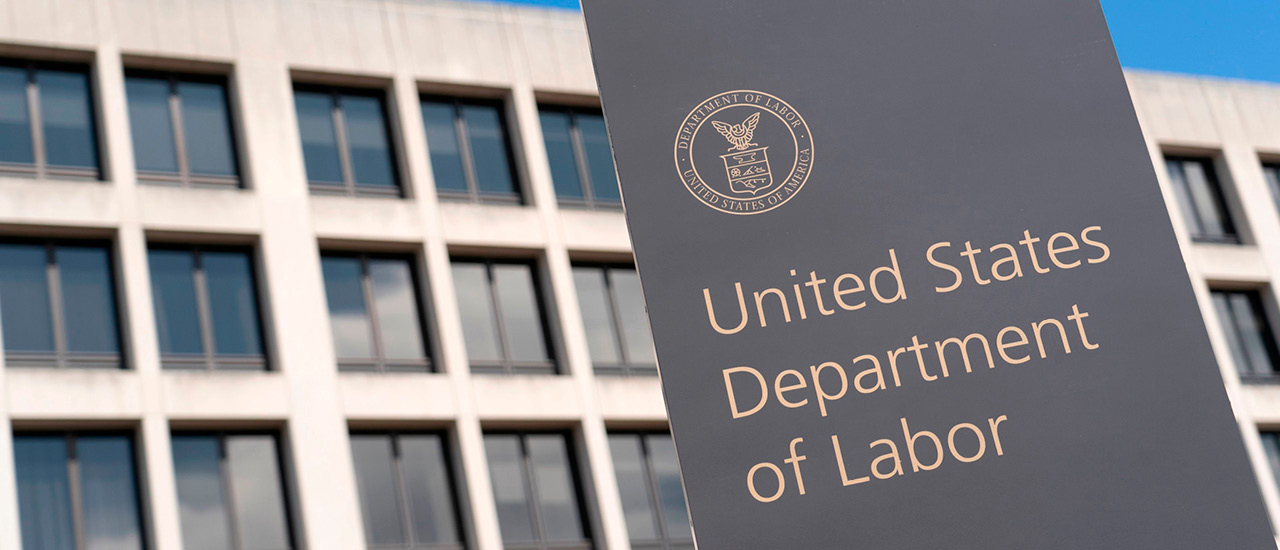USDOL Clarifies When Employers Can Require FFCRA Paid Leave

The following article was first published on Shipman & Goodwin’s Employment Law Letter website. It is reposted here with permission.
As most employers know by now, the Families First Coronavirus Response Act has two main components: the Emergency Paid Sick Leave Act and the Emergency Family and Medical Leave Expansion Act (or FMLA+).
The U.S. Department of Labor recently provided additional guidance on how an employer’s leave policies interact with each of these laws.
As a cautionary note, the DOL’s guidance has already been the subject of debate, so we may see future clarification. However, a summary of the current guidance follows.
As a reminder, FMLA+ can only be taken when an employee needs to stay home to care for a child due to the child’s school or daycare being closed for COVID-related reasons.
FMLA+ Example
In that situation, here is a helpful example of how the FMLA+ works and interacts with the EPSLA for qualifying absences:
Weeks one and two: the FMLA+ leave is unpaid. However, an employee may choose to use EPSLA for these two weeks (or other paid leave). An employer cannot require the employee to use EPSLA, or require the employee to use EPSLA before using any other paid leave.
Under DOL’s prior guidance, it was not clear if an employer could require an employee to use accrued leave.
If the employee elects to use EPSLA at two-thirds pay, the employee also may elect to supplement their pay with accrued leave in order to receive 100% pay for those 10 days.
Weeks three through 12: FMLA+ leave is paid at two-thirds pay (up to $200 per day, and $10,000 in total).
Under DOL’s prior guidance and regulations, it was not clear if an employer could require an employee to use accrued leave during this 10-week period.
New Guidance
In its recently issued guidance, DOL clarified that an employer can require employees to use accrued paid leave under the employer’s policies to cover absences under the FMLA+.
If the employer chooses this option, here is how it works:
- The employee would be required to use any employer-provided accrued leave concurrently with FMLA+.
- The employer must be sure to follow its own leave policies. For example, if an employer normally would not allow an employee to use sick leave to stay at home with a child because of a school or day care closure, then the employer could not require the employee to use sick leave in this circumstance. In most situations, employees would be using vacation or personal days.
- The employee would use a full day of accrued leave for each day during the FMLA+ leave, thereby receiving 100% of the employee’s pay for those days. Each day would count toward the 10 weeks of FMLA+.
- Employers may only obtain tax credits for wages paid at two-thirds of the employee’s regular rate of pay up to the daily and aggregate limits in the FMLA+ ($200 per day or $10,000 in total).
The practical effect of the foregoing is that an employer would be requiring employees to use up their accrued leave while out on FMLA+, potentially exhausting their leave balances.
Once employees exhaust their accrued leave, then they still will be able to receive two-thirds pay for the remainder of FMLA+ leave.
Option
Another option that exists is that employers can allow employees to use a portion of their accrued leave to supplement the two-thirds pay under FMLA+.
Under this option, employees would only be using one-third of a day of accrued leave for each day of the paid portion of FMLA+ leave. However, employers may only use this option if both the employer and the employee agree.
Employers may also need to seek an agreement with any union representing its employees.
Employers may want to wait to see if DOL issues a clarification before requiring employees to use accrued leave during an FMLA+ absence.
Finally, please be aware that the express terms of the FFCRA and its regulations could result in an interpretation that is different from the DOL’s guidance.
Therefore, employers may want to wait to see if DOL issues a clarification before requiring employees to use accrued leave during an FMLA+ absence. We will continue to keep you updated on the latest developments.
About the authors:
Gabriel Jiran is a partner and chairs Shipman & Goodwin’s Employer Defense and Labor Relations Practice Group. He practices labor and employment law on behalf of corporations and public employers.
Peter Murphy is a partner with Shipman & Goodwin and represents public and private sector employers in a broad array of cases, with a focus on cases involving claims of discrimination, wrongful termination, first amendment retaliation, and other labor and employment disputes.
Dori Pagé Antonetti is an associate with Shipman & Goodwin’s School Law Practice Group. She advises public school districts on a variety of general education, special education, and labor and employment issues.
RELATED
EXPLORE BY CATEGORY
Stay Connected with CBIA News Digests
The latest news and information delivered directly to your inbox.


